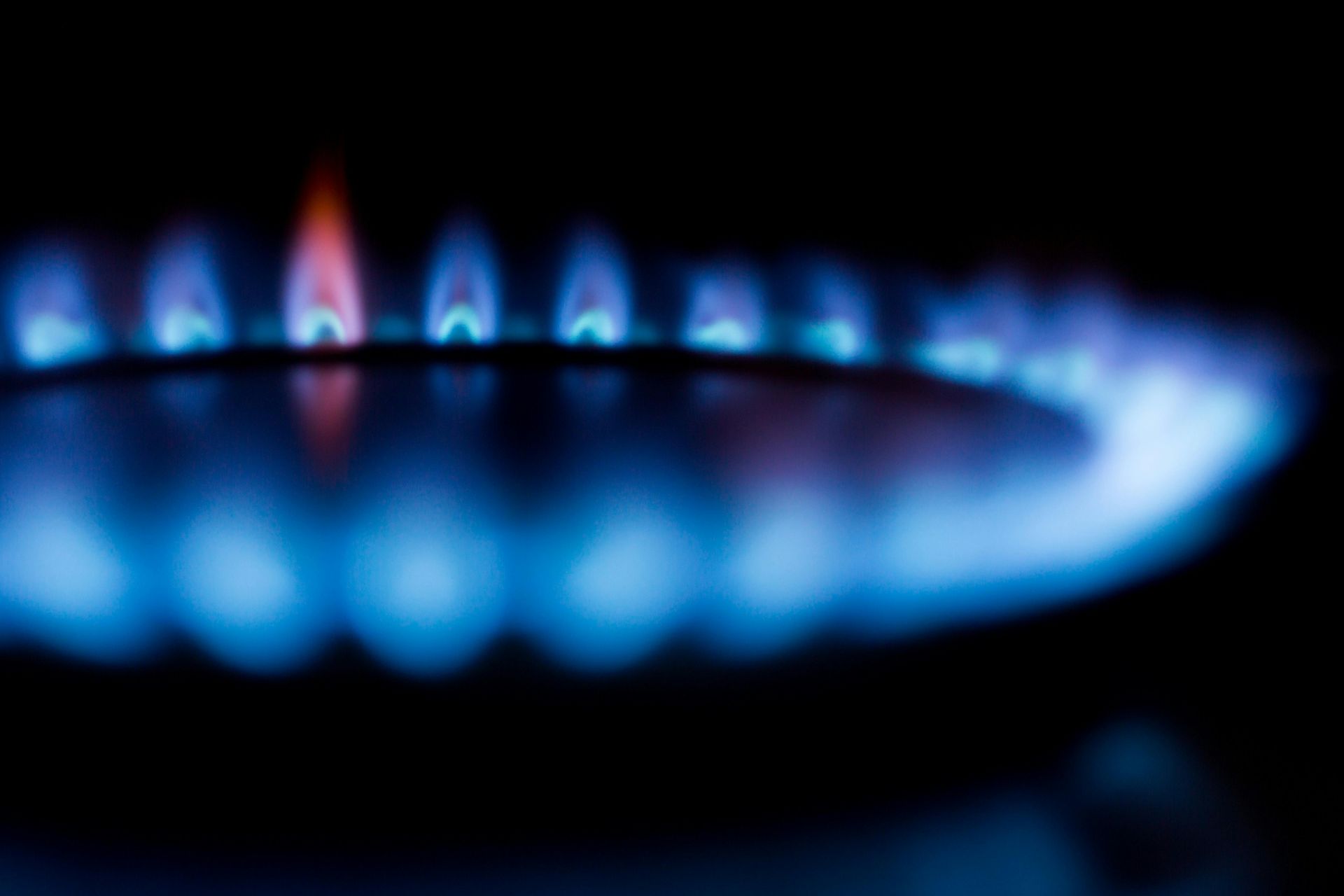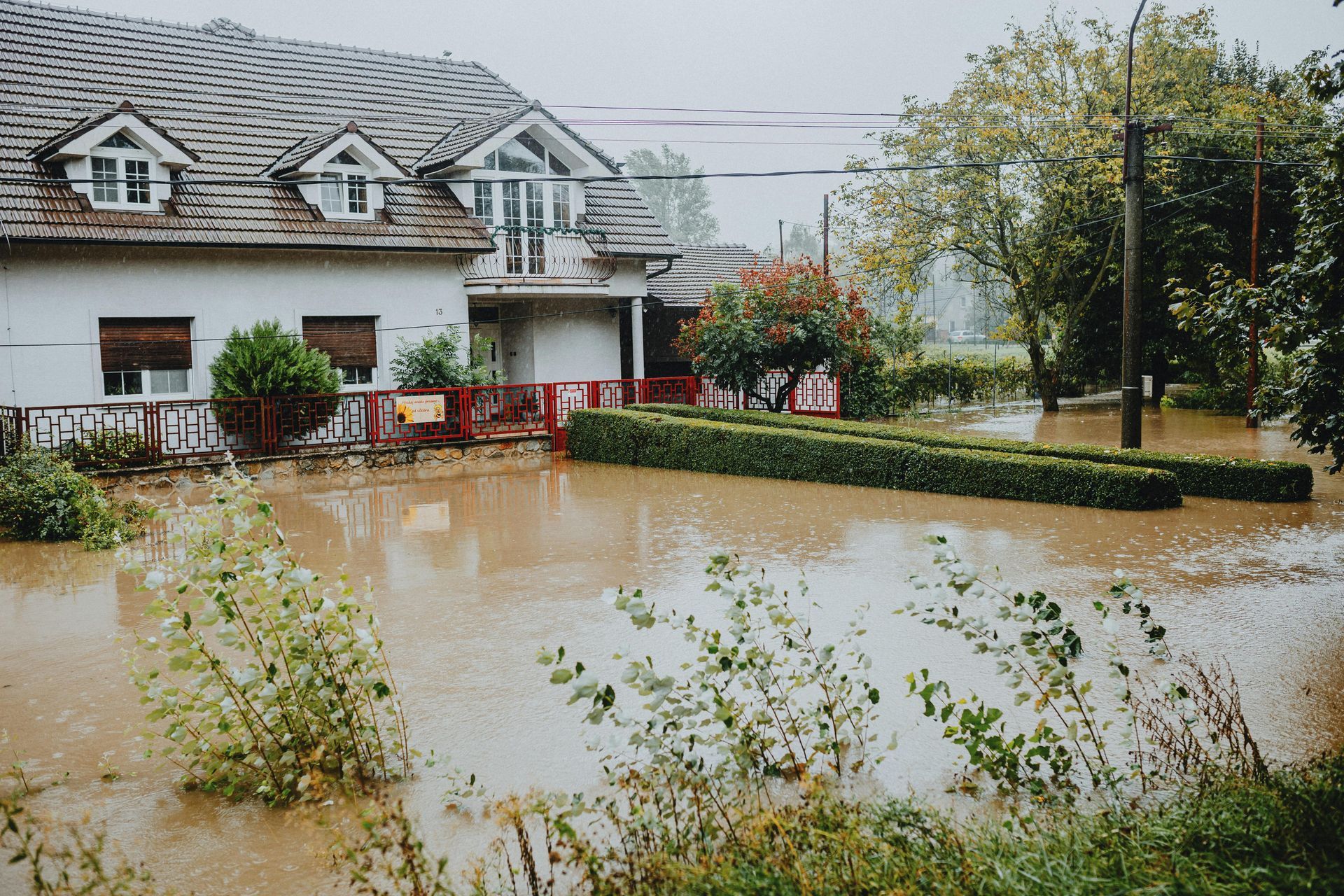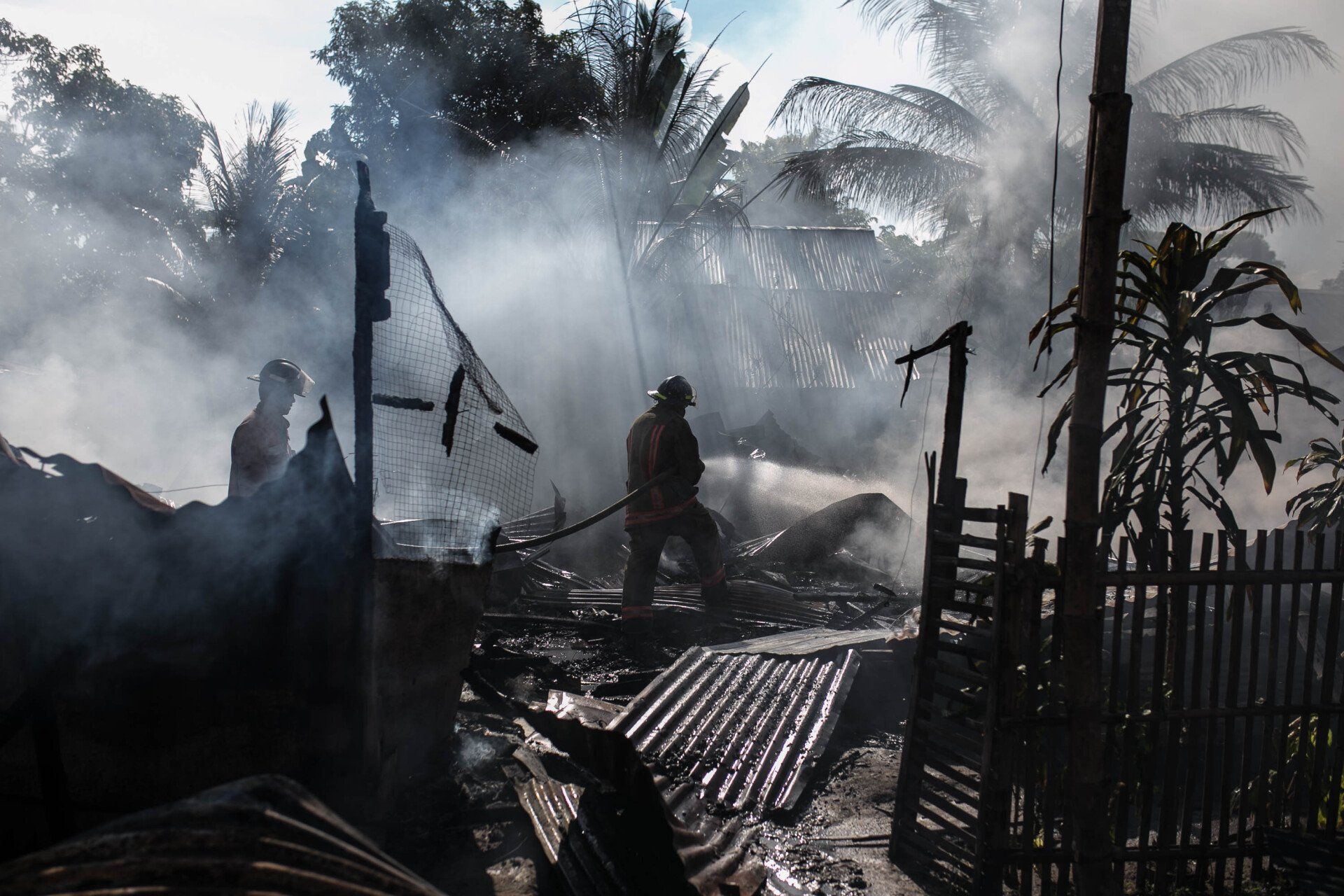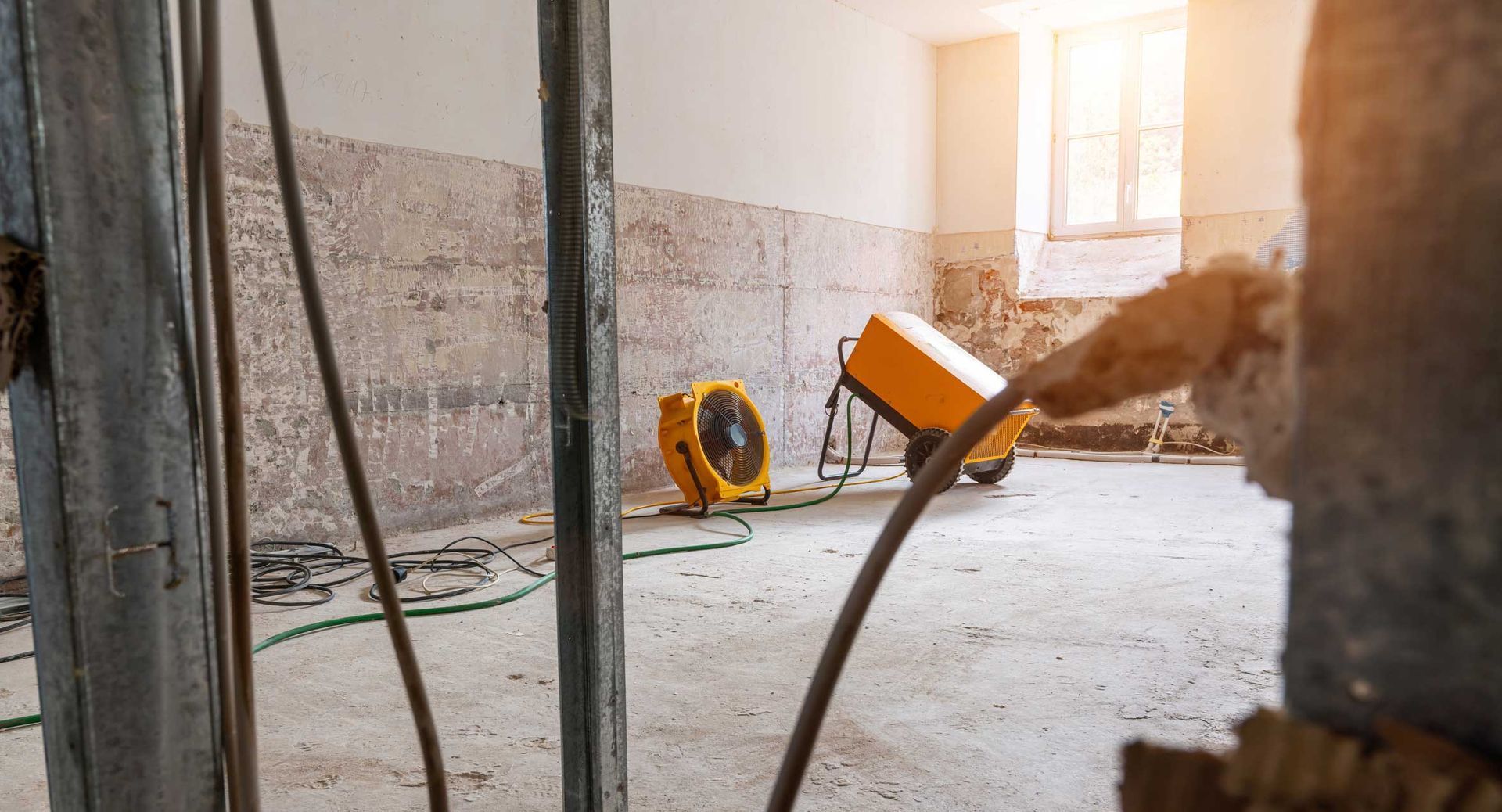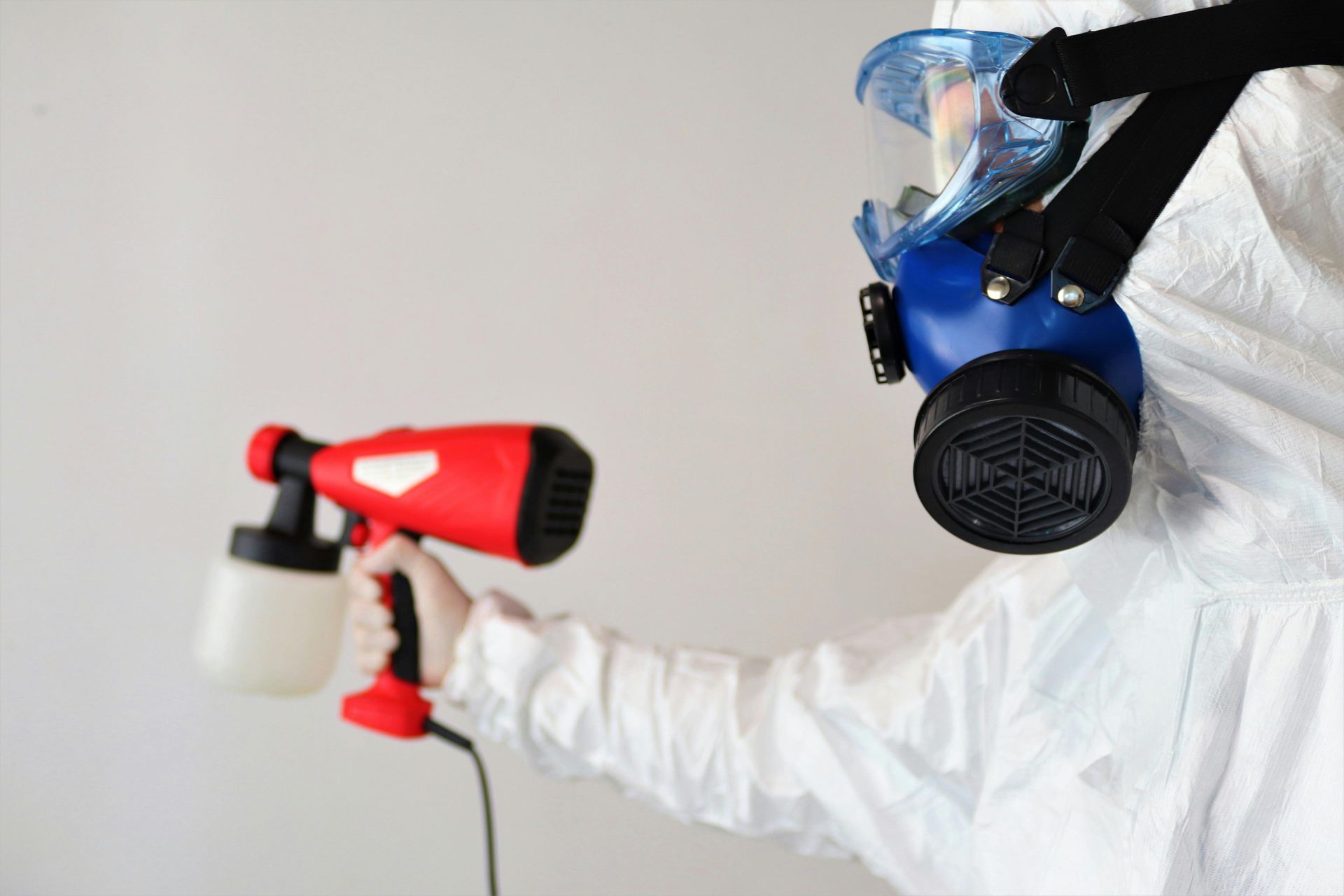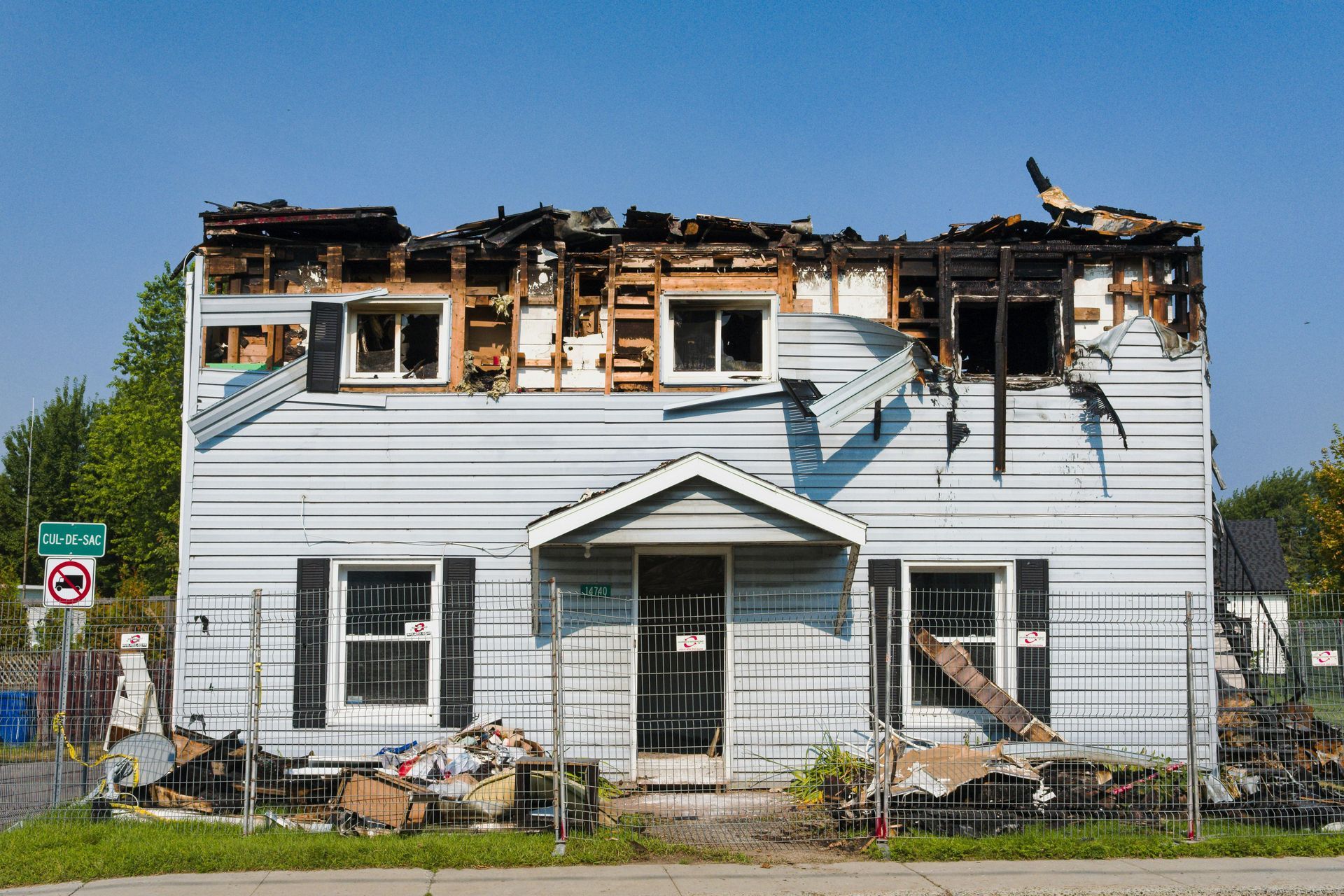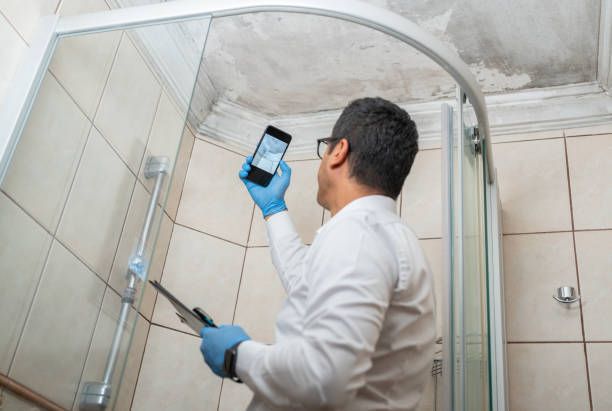Understanding Mold Remediation and Its Benefits
How Does Mold Remediation Work? A Comprehensive Guide to Its Benefits
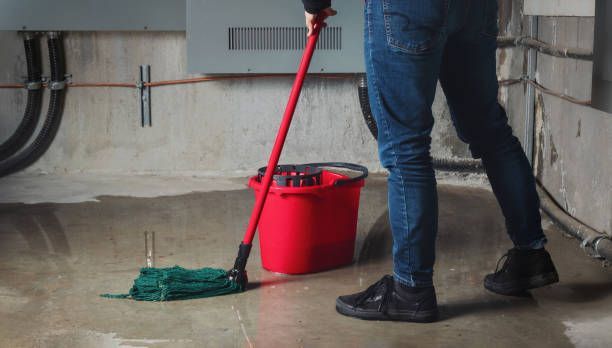
Mold remediation, a vital service in the restoration industry, involves the safe and effective removal, cleaning, and prevention of mold growth. Understanding how mold remediation works is crucial for maintaining a healthy living environment. Mold exposure can lead to health issues and structural damage, making remediation not merely a cosmetic fix but a crucial investment in property integrity and personal well-being. The benefits of proper mold remediation are multifaceted, ranging from improved air quality to extended building longevity. In the following sections, we will explore the specific advantages of mold remediation, the meticulous processes involved, and the long-term positive impacts on indoor environments.
What is Mold Remediation?
Mold remediation is a specialized process designed to address and correct problems caused by mold growth within residential and commercial properties. This comprehensive service entails assessing the extent of mold infiltration, containing the affected area, and employing various methods to remove the mold, properly dispose of contaminated materials, and treat surfaces to prevent future mold growth. Because mold thrives in moist environments, remediation experts often address underlying moisture issues to ensure a long-lasting resolution.
Identifying and addressing mold growth is of paramount importance due to mold's potential to undermine the structural components of buildings and the health of occupants. Prolonged exposure to mold can pose significant health risks, including respiratory issues, allergic reactions, and, in severe cases, neurological effects. Therefore, mold remediation is critical in maintaining a property's structural integrity and safeguarding the health of its inhabitants.
Professionals in the industry operate with a high level of expertise and utilize advanced equipment to manage and eradicate mold efficiently. They adhere to protocols that protect the residents and themselves from undue exposure during the process. By tackling mold growth head-on, mold remediation services play an indispensable role in facilitating healthier and safer living and working conditions.
The Mold Remediation Process
The meticulous process of mold remediation unfolds in several structured steps, ensuring the complete eradication of the mold and the restoration of a safe environment. Initially, professionals conduct a thorough inspection to identify the source of the mold growth. Using infrared cameras and moisture meters, they pinpoint areas affected by moisture, the catalyst for mold proliferation.
After the assessment, the containment phase begins. Physical barriers and negative air chambers are established, utilizing advanced techniques like polyethylene sheeting to isolate and contain the affected spaces. Air scrubbers with High-Efficiency Particulate Air (HEPA) filters are then deployed to capture airborne mold spores, preventing their spread during the remediation process.
Subsequently, the removal of the mold-infested materials is carried out with precision. Remediation experts use HEPA-filtered respirators, protective clothing, and gloves to remove and dispose of these materials safely. Mold is then cleared from surfaces using EPA-registered antimicrobial solutions that not only disintegrate mold at the source but also hinder future growth.
The final step is restoration to the property's pre-mold condition, which might include minor repairs like installing new sheets of drywall or more significant reconstruction if extensive damage is present. Throughout this process, transitioning from crisis to calm, our specialists implement the highest industry standards to restore and revitalize your property to a pristine state, demonstrated by our advanced methodologies and insistence on quality.
Benefits of Mold Remediation
The imperative benefits of professional mold remediation are invaluable in their ability to not only reverse current damage but also fortify the property against future challenges. Our expertise ensures the cessation of mold's pernicious effects, directly translating to enhanced air quality and bolstered structural integrity of the establishment. Moreover, engaging in timely remediation activities can lead to considerable cost savings, forestalling the need for extensive repairs that unchecked mold growth might necessitate. Here are the benefits of mold remediation:
Prevents Health Risks
Exposure to mold poses serious health risks, particularly respiratory complications such as asthma, wheezing, and a variety of allergic reactions, including rhinitis and skin rashes. Some may experience severe reactions like hypersensitivity pneumonitis. Prolonged exposure increases these risks, highlighting the urgency for prompt mold remediation. By addressing mold contamination thoroughly, mold remediation services effectively reduce these health threats. They employ advanced techniques to not only remove visible mold but also airborne spores responsible for health issues.
This rigorous approach supports the restoration of a healthful environment, making spaces safe for occupancy. A key component of the service includes identifying and resolving moisture sources—mold's lifeline—to prevent reoccurrence. Mold remediation is not only a treatment for existing mold invasions but a proactive measure protecting inhabitants from harmful exposure, preserving their health and peace of mind.
Improves Indoor Air Quality
Mold's presence in an indoor environment can substantially degrade air quality, with its spores acting as pollutants that provoke a range of respiratory disturbances. Mold spores, which are easily aerosolized, exacerbate conditions within indoor spaces, circulating through HVAC systems and settling on surfaces. This continuous cycle not only poses a health risk to inhabitants but also signifies the degrading purity of the indoor air.
The process of professional mold remediation is pivotal in rectifying this diminution in air quality. By systematically eradicating all traces of mold, including airborne spores, these meticulous services remediate the air within the property. Advanced filtration equipment, such as HEPA air scrubbers, is employed throughout the remediation, capturing spores and ensuring that the released air is free of mold contaminants. The outcome is a notable improvement in indoor air quality, yielding an environment that promotes respiratory health and well-being. Engaging in professional mold remediation catalyzes the restoration of pristine air quality, which is vital for a safe and healthful indoor atmosphere.
Preserves Property Value
Mold infestation is not merely a cosmetic issue; it is a critical concern that directly impacts the property's marketability and, consequently, its value. Untreated mold can lead to severe structural damage, necessitating expensive repairs and deterring potential buyers who may perceive the property as neglected or hazardous. The presence of mold, if disclosed, can significantly decrease a property's market value and reduce the pool of interested buyers, ultimately prolonging the selling process or resulting in lost transactions.
Through professional mold remediation services, properties can be restored to their pre-damaged condition, effectively maintaining their market value. Specialists employ advanced techniques to eradicate mold, address the underlying moisture problems, and perform necessary repairs to reverse any damage sustained. This thorough process not only ensures the structural integrity of the property but also reinstates its aesthetic appeal, an essential factor in preserving property value. By demonstrating a commitment to property maintenance and preventative care, homeowners can safeguard the investment made in their property and command higher market valuations even after a mold event.
Prevents Further Damage
Unchecked mold proliferation is not merely an aesthetic nuisance but a burgeoning agent of property decay. If left unattended, mold can permeate porous materials, weakening structural components such as wooden beams and drywall, and fostering an environment conducive to wood rot and material degradation. Beyond the visible damage, mold can insidiously compromise the structural integrity of a property, leading to costly repairs and diminished property value.
Professional mold remediation services preemptively address the perilous trajectory of mold damage with speed and precision. Through rapid intervention, experts identify the extent of an infestation, expunging mold colonies, and their spores to forestall the progressive impairment of property constituents. By meticulously remediating affected areas and rectifying ambient moisture—the very catalyst for mold growth—these services not only curtail immediate damage but deter future deterioration, safeguarding the longevity and resilience of one's property.
Saves Time and Money
Addressing mold infestation promptly with professional mold remediation services is not only a strategic measure for maintaining health and property but also a pragmatic approach to economizing both time and financial resources. When mold is permitted to extend its reach within a property, it inevitably leads to further decay and damage that requires more extensive—and expensive—measures to resolve. In contrast, early intervention by mold remediation experts circumvents the progressive nature of mold damage, intercepting it before it amplifies into a large-scale issue necessitating significant remediation or restoration efforts.
Professional remediation teams are equipped with the industry expertise, advanced tools, and methodologies necessary to tackle mold outbreaks efficiently and thoroughly. The swiftness of their response mitigates the spread and prevents the mold from becoming deeply entrenched in the property's structure, precluding the need for more intrusive and extensive repairs down the line. By systematically eradicating mold and addressing its root cause, remediation services eliminate the potential for recurrent issues, negating the cycle of damage and repair that plagues inadequately addressed infestations.
The financial benefits are twofold: immediate costs associated with the remediation process are often dwarfed by the long-term savings garnered from avoiding escalated problems, and the property's value is preserved, protecting the owner's investment. Moreover, the rapid and efficient restoration of the property post-remediation allows for the swift resumption of its use, minimizing downtime and the associated opportunity costs. In essence, investing in professional mold remediation is a decision that pays dividends in both time saved and the avoidance of future, costlier expenditures.
Book Mold Remediation Services Today!
Experience the peace of mind that comes with knowing your home or business is in the hands of Northeastern Restoration's esteemed experts. Our precision in mold remediation is unmatched, offering you not only immediate relief but lasting protection. Acknowledge no substitutes when your health, property, and investment are at stake. Reach out to Northeastern Restoration today—our dedicated specialists are ready to safeguard your environment from mold's hidden threats. Let us restore your space to perfection. Call now to schedule a comprehensive mold assessment and take the first step towards a healthier, mold-free property.
